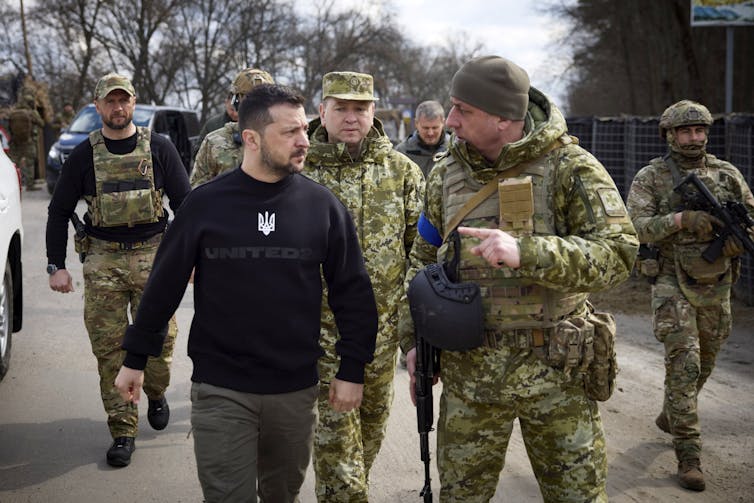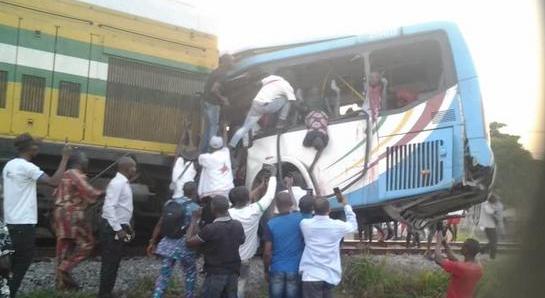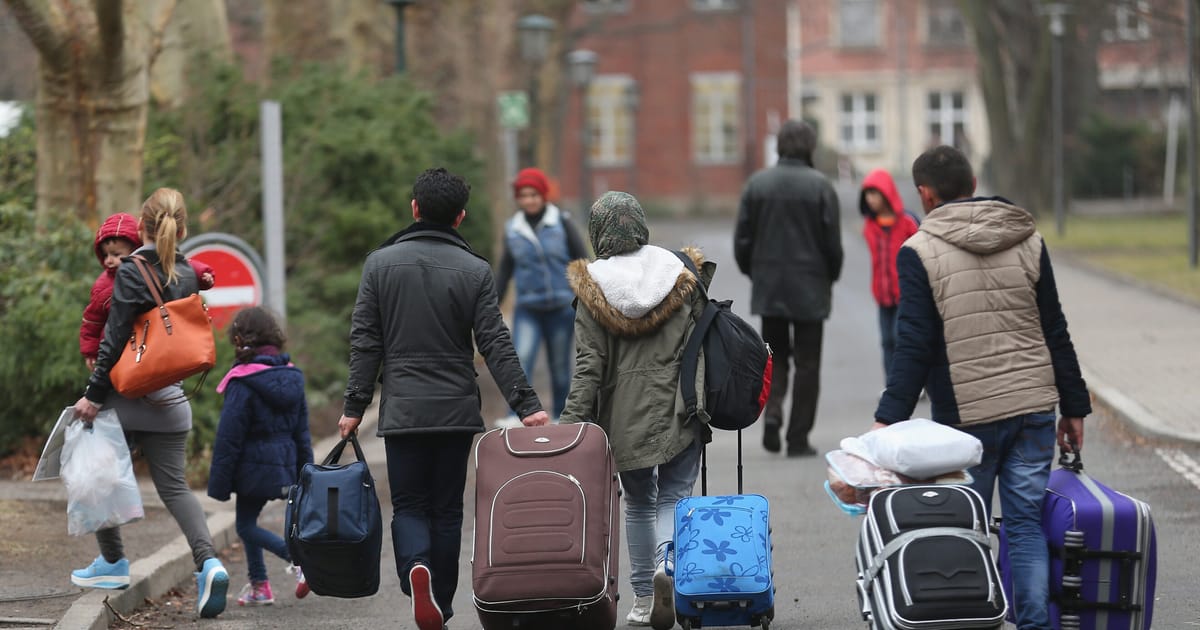Dmitry Peskov, a Kremlin spokesman, warned Russians that they must prepare for a “forever war”. “Things will get much harder,” Peskov told a gathering of the country’s political elite. “This will take a very, very long time.”
It’s a far cry from Vladimir Putin’s “special military operation”. This was supposed to sweep into Kyiv in a matter of days, weeks at the most. Once there, Russia would be able to free Ukrainians from the “gang of drug addicts and neo-Nazis” who were preventing Ukraine from assuming its natural role as a part of the motherland.
A war which was going to take days or weeks could now take many years. And far from rescuing Ukraine from fascists, the conflict is now a bitter struggle for Russia’s continued existence. As Putin told workers at an aviation factory recently: “For us, this is not a geopolitical task, but a task of the survival of Russian statehood, creating conditions for the future development of the country and our children.”
But then Kremlin narratives have been notably flexible and self-serving over the years. This was brilliantly highlighted in the recent BBC documentary Putin versus the West, which took a close look at shifts in Russian political rhetoric over the past decade.
This is the period we might accurately refer to as “Putin II”. In 2012, Putin resumed the presidency after getting around the constitutional ban on serving three consecutive terms by making his prime minister, Dmitry Medvedev, president for one and then resuming the top job. Since then he has ramped up the historical nationalism somewhat.
But even as far back as 2008, in a meeting with then US president, George W. Bush, Putin was questioning Ukrainian sovereignty: “You have to understand, George. Ukraine is not even a country.”
Shortly after his troops entered Crimea, leading to its annexation in March 2014, he doubled down on this theme, insisting that it was the Bolsheviks (“may god judge them”) who gave much of south-east Russia to Kyiv. In the same speech he said Nikita Khrushchev, a former leader of the USSR, may have added Crimea to Ukraine to atone for the famine of the 1930s – but that this was something “for historians to figure out”.
This message of Ukraine as a historical aberration has been a common and fairly unwavering element of Putin’s discourse since 2012.
‘Firehose of falsehood’
In 2016, the Rand Corporation, a US thinktank, developed a model for Russian propaganda it called the “firehose of falsehood”. The Kremlin uses all the machinery of state (including a tame media) to embellish and perpetuate its lies with the purpose of confusing the widest possible audience. There have been several constant mantras emerging from the Kremlin over the war and in its build-up. One is that Ukraine’s pro-Russian former president Viktor Yanukovych had been ousted in a coup, meaning that all subsequent Ukrainians governments have been illegitimate.
The Kremlin logic trail then continues that, as a result, Ukraine is not a democracy. Of course, the fact that after the invasion began, the Zelensky government cracked down on pro-Russian agents and banned pro-Russia political parties is taken as further proof of Kyiv’s lack of commitment to democracy.

EPA-EFE/Presidential press service handout
So, if not a democracy, Ukraine must be a fascist state. This old chestnut goes back to the aftermath of the second world war and was used to quell any pro-independence sentiment in Ukraine and Byelorussia (Belarus). As a British journalist in Russia at the time, Paul Winterton wrote of Stalin’s rhetoric in his memoir Report on Russia: “if anyone attacks us or offends us or effectively disagrees with us, we will call him a fascist. Some people are bound to take up the cry.” Putin clearly learned much from his predecessor.
He has learned from the Nazi playbook, too, insisting he sent his troops into Ukraine to prevent genocide of the Russian-speaking population (Hitler insisted that German-speaking Poles were being threatened in the Danzig corridor and the ethnic German population of the Sudetenland needed his protection).
Perhaps his cheekiest claim was that the invasion was legal under the UN charter. Having ratified the existence of the Donetsk People’s Republic and the Luhansk People’s Republic and signed treaties of friendship and mutual assistance, Putin said: “I made a decision to carry out a special military operation. Its goal is the protection of people who, during eight years, suffer from abuse and genocide from the Kyiv regime.”
In other words, he was legally bound to invade Ukraine.
Ignoring the signs
It must have been obvious for years that something was bound to happen. But, on the whole, the west preferred to ignore the signs. Poland may have clearly sounded the alarm about Russian aggression as early as 2015, but other European countries preferred not to hear it. Germany wanted cheap gas and still believed economic integration with Russia would bring peace.
In Britain, the ruling Conservative party – including Boris Johnson – had enjoyed cordial relations with (and received millions in donations from) the Russian establishment.
In Hungary, the prime minister Viktor Orban had largely modelled his illiberal democracy on Putin’s Russia, and has maintained tacit support for Russia even since the invasion. There are also close ties between members of the Italian government and Russia – although Giorgia Meloni defied political pressure to declare support for Kyiv.
But, for years, Putin’s messaging had been there for all to see. But much of the world was unable – or unwilling – to see Putin’s rhetoric for what it was: paving the way for an aggressive invasion aimed at conquest.
So far it appears that most Russians continue to back Putin and his invasion. But now that it looks set to become a “forever war”, it’ll be instructive to see whether – and how quickly – that might change.




